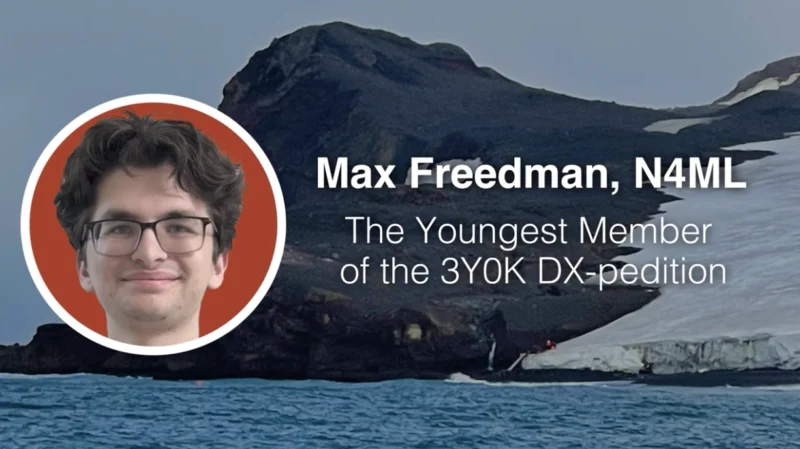The Plan Behind the RXT Interface
Just a decade ago, the first customizable eight-button controller was introduced to the market with interactive technology. Flash-forward to today, controllers are becoming more accessible within corporate and educational settings, and more.
“You either see either of the two extremes. You’ll either see your standard button panel or a seven-inch touch screen on the wall from one of the many companies that are in the market,” said Matt Materniak, R&D Engineer & Systems Programmer for Aurora Multimedia.
The catch is that the market is slim in offerings. Consumers demanding a full-control processor would have to deal with either the inconvenience of installing multiple accessories to get to one desired function or rely on a seven-to-ten-inch touch panel that sits displeasingly on a wall.
That is why Aurora’s vision is to expand the offering pool with the RXT-4, a revolutionary 4” All-in-one touch panel control system with enhanced user experiences comparable to the “same way you control your smart home on your phone,” said Materniak.
Touching base with the RXT-4 most interesting features, the RXT-4 incorporates integrated microphone, sensors, and light ring for shared office-work spaces to fully operate a conference room scheduling system. Access is as easy as scanning a phone.
“So you don’t have to be some JavaScript web programmer to be able to create a simple interface, be able to turn a projector on and off. You could just drag in your actions… and not have to write a giant block of JavaScript,” said Materniak.
The RXT is built entirely on web-standard, a highly customizable platform. In addition, the RXT-4 is a single cable solution that just requires plugging into a power source over ethernet.
From simple to full-blown room control solutions, the RXT-4 offers just that in a very small package at a very cost-effective price.




